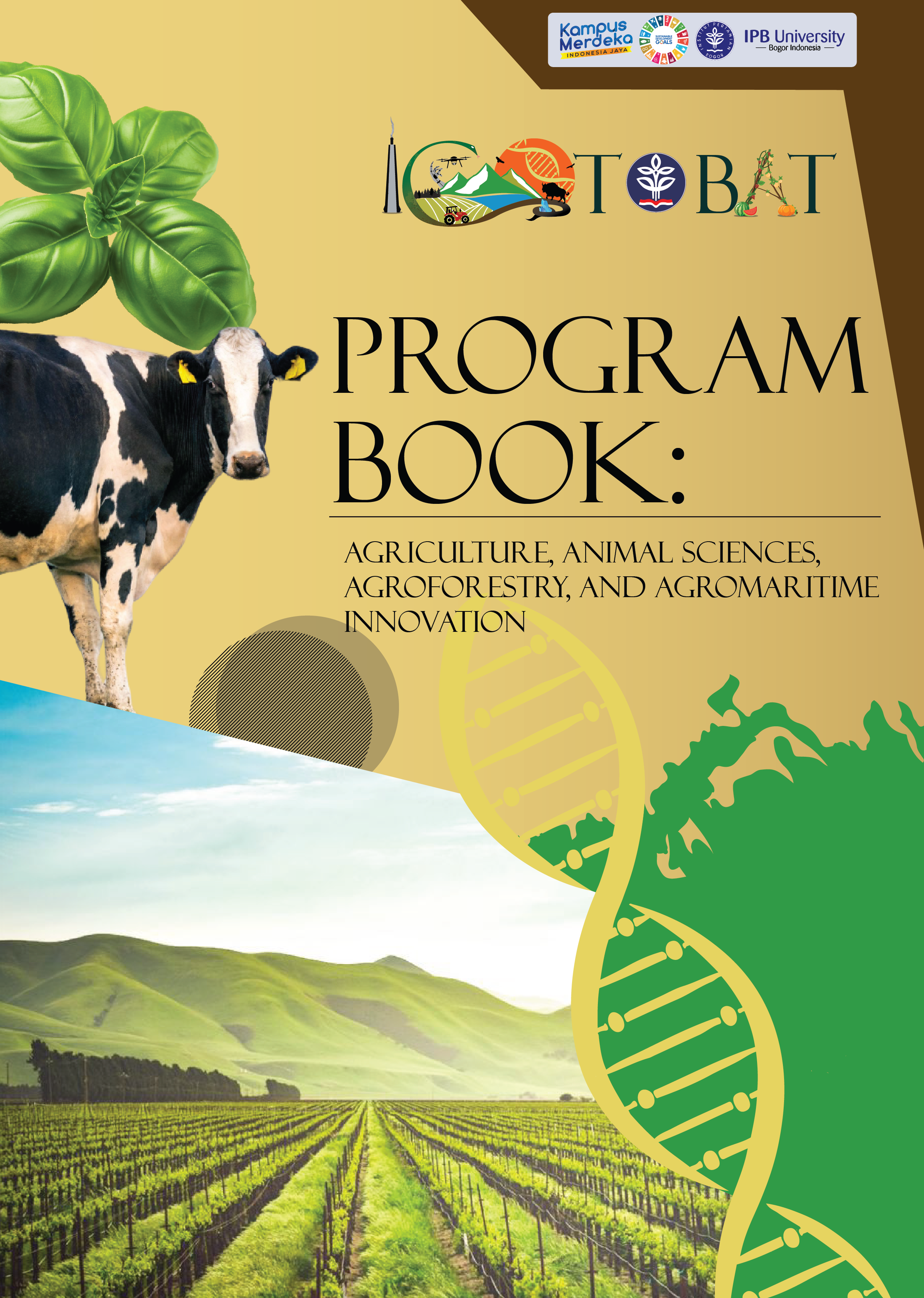Morphological Characteristics of Cinnamon (Cinnamomum burmanni (Nees & T. Nees) Blume) Population in Agam Regency, West Sumatra
Keywords:
bark, breeding, cinnamon, morphology, populationAbstract
The cinnamon tree (Cinnamomum burmanni) is a valuable spice resource with significant economic importance and Sumatra is one of the major cinnamon-producing centers in Indonesia. This study aimed to examine the morphological characteristics of the cinnamon tree population in the Agam Regency, West Sumatra using a purposive sampling method. Data was collected through field surveys and direct observations of the cinnamon tree population using a cinnamon descriptor. Morphological aspects such as qualitative and quantitative traits were analyzed. The study found significant differences in these features among cinnamon trees, ranging in height from 10 to 17 meters and stem diameters from 19.43 to 25.48 cm. The bark has a thickness of 0.24–0.66 cm, with estimated production of wet bark reaching 60–120 kg per tree. Leaves also showed variations in shape, size, and color across individuals. Branch structures exhibited no differences in branching levels and leaf distribution. The cinnamon tree population in Agam Regency exhibits morphological diversity and promising cinnamon production, which is essential for conservation and breeding efforts to enhance productivity and sustain local ecosystems.






























